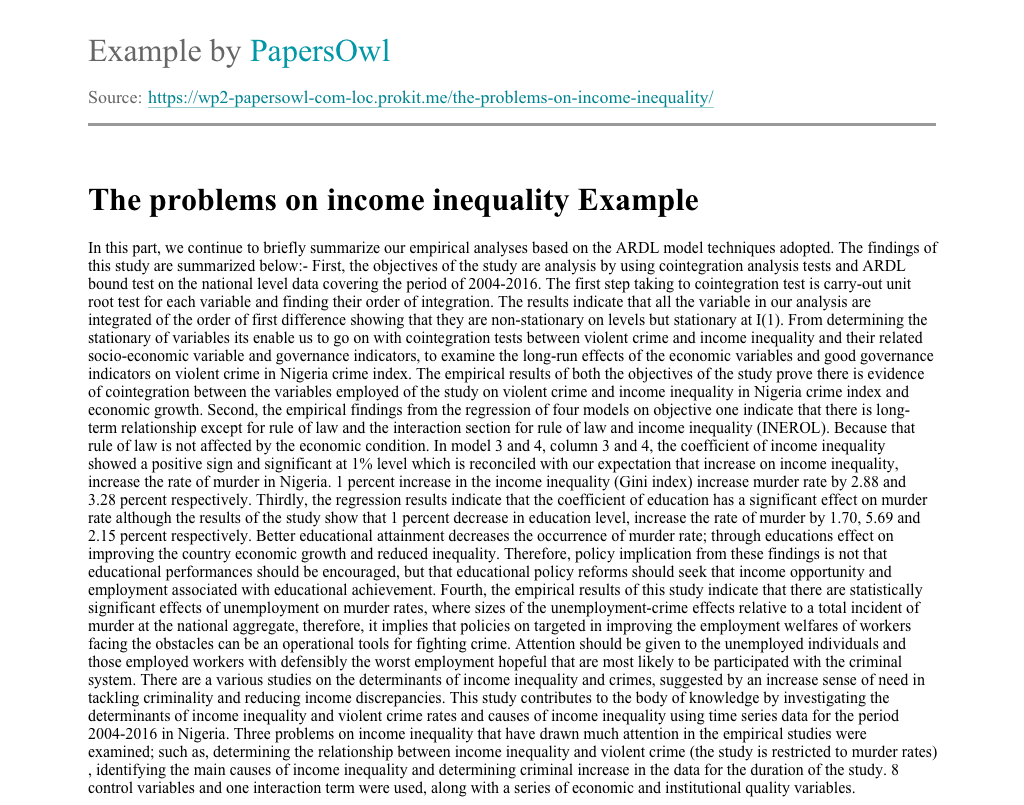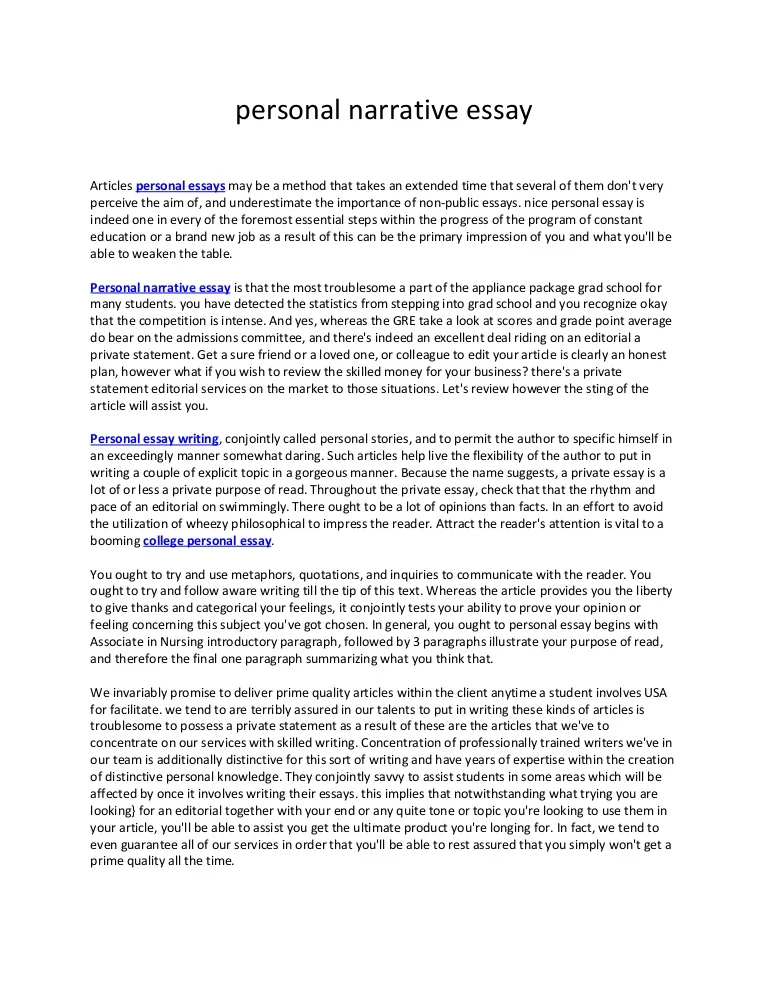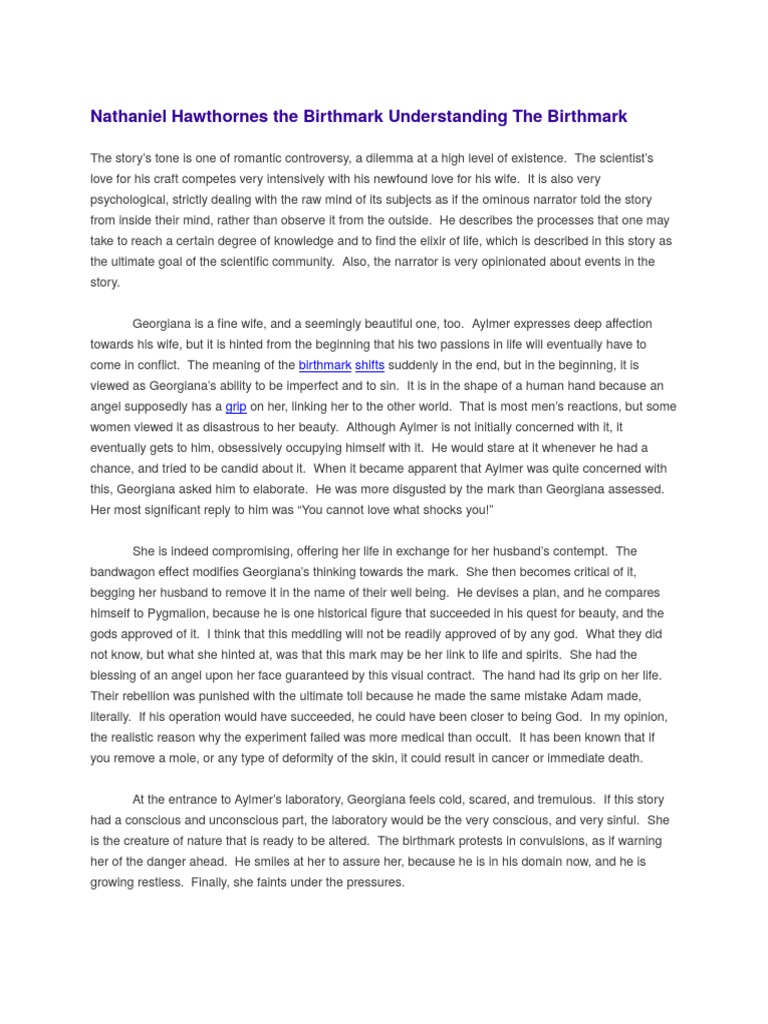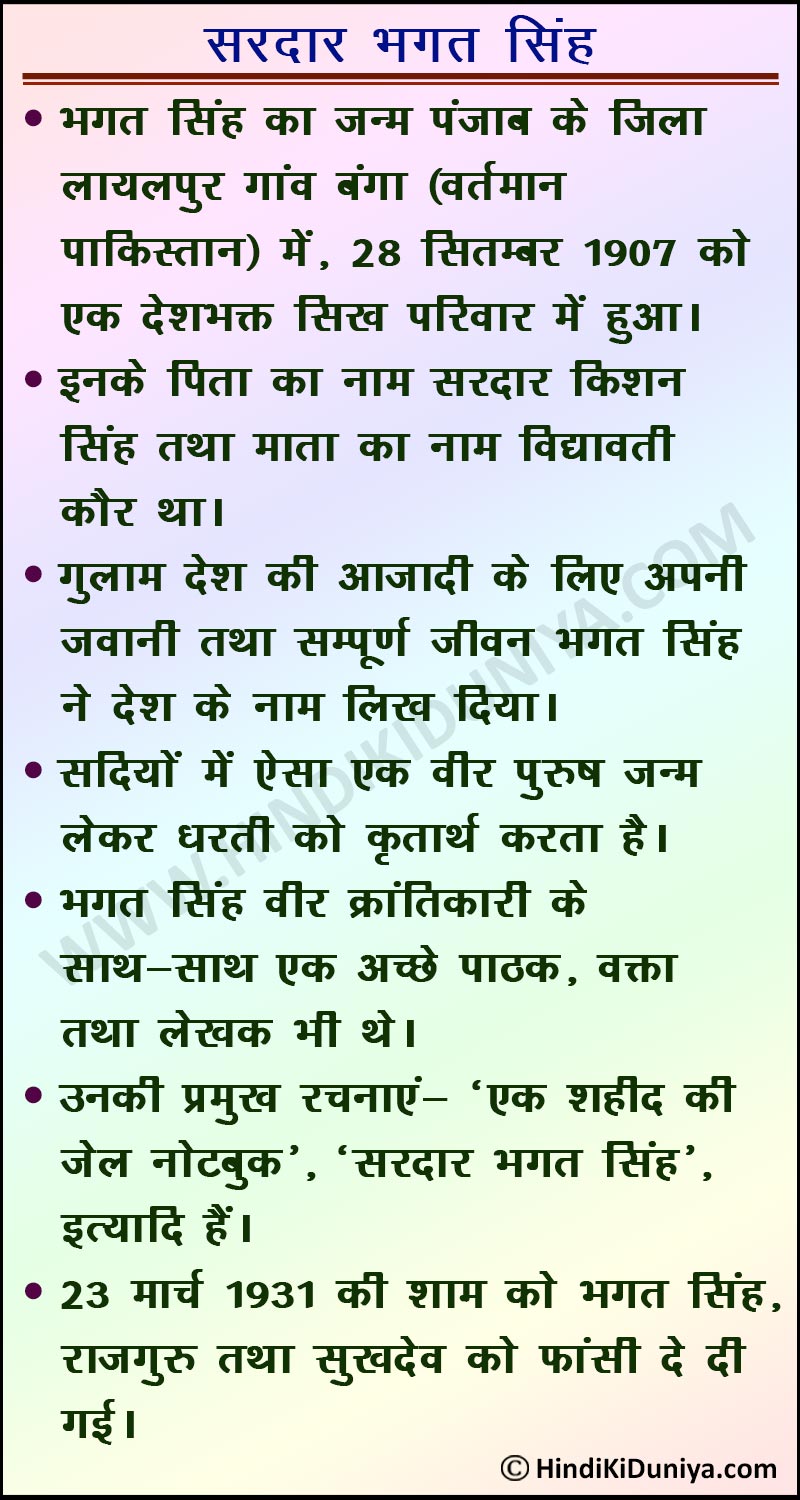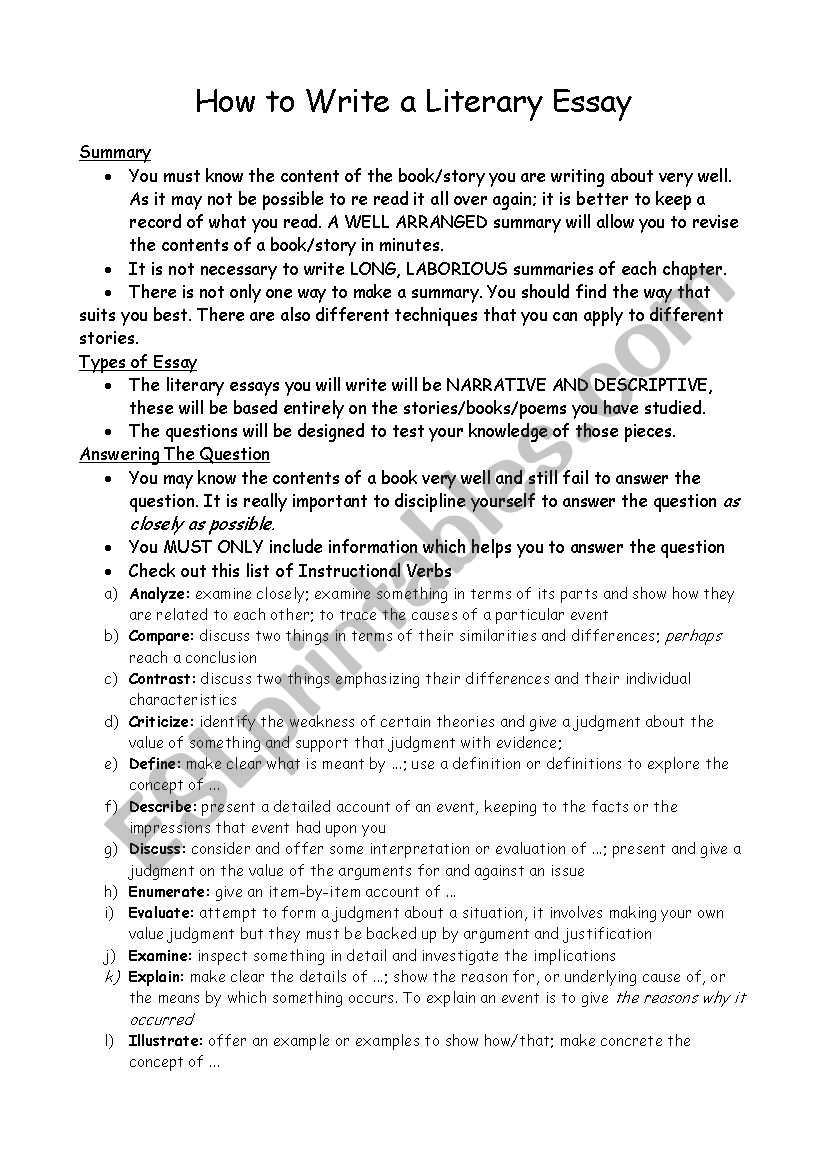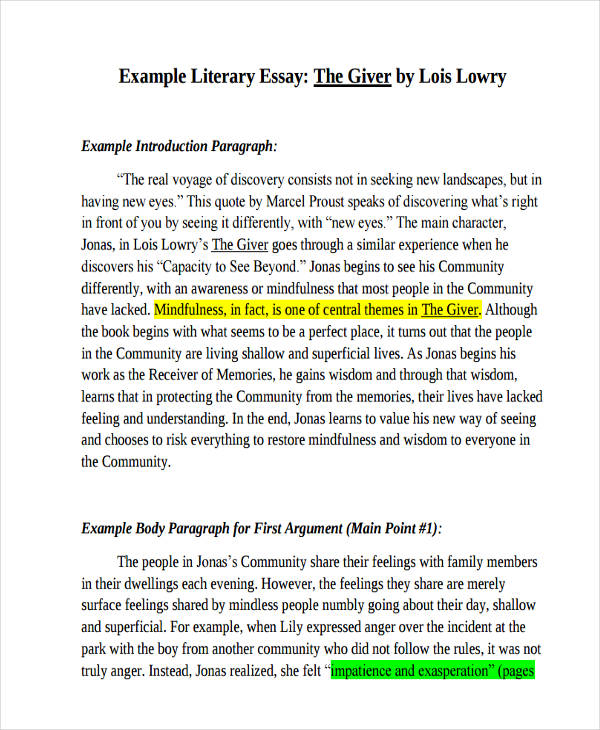Apr 18, · Essay, Pages 8 ( words) Views. 1. Save to my list. Remove from my list. NUCLEAR POWER AND THE IMPACTS OF THE RADIATION. Nuclear power is a more efficient, upright way of boiling water to make steam. The steam produced is taken and later on converts turbines to manufacture electricity Essays on Nuclear Power. This page contains the best examples of essays on Nuclear Power. Before writing your essay, you can explore essay examples - note their structure, content, writing style, etc. The process of creating an essay about Nuclear Power generally consists of the following steps: understanding the assignment, identifying the topic, collecting information, Nov 28, · Nuclear power has the most advantages of any power source being considered for the future energy demands of the United States. Through fission, the energy produced by 1 kg of uranium is equal to that produced by 2, tons of coal; for a million-kw nuclear power plant, only 30 tons of nuclear fuel is needed every year, while a thermal power plant of the
Nuclear Power Essay Example | Free Sample & Example for Students
This Nuclear Power Essay example is published for educational and informational purposes only. If you need a custom essay or research paper on this topic, essay on nuclear power, please use our writing services. com offers reliable custom essay writing services that can help you to receive high grades and impress your professors with the quality of each essay or research paper you hand in. Nuclear p ower is electrical power generated from a nuclear reactor, essay on nuclear power. Electricity is produced by the heat released essay on nuclear power the atomic core though a controlled nuclear chain reaction.
Waste products include heat and spent nuclear materials. Nuclear power plants use a nuclear reactor, which is also called an atomic reactor or an atomic pile. Nuclear reactors have seven primary parts. Some of these are systems and some are protective parts. These primary parts are the atomic core, the moderator, control rods, a coolant system, a pressurized vessel, essay on nuclear power, and a biological shield. In addition there are safety systems and a containment unit to house the reactor.
The atomic core is the center of the reactor. It is where nuclear fission takes place. Nuclear fission, which is also called atomic fission, occurs naturally when atoms that are high in the scale of chemical elements decay or split into smaller essay on nuclear power and at the same time give off energy. The splitting of atoms involves the transformation of small portions of the matter into energy in the nuclear reaction. When the nucleus of an atom splits, its component protons and neutrons are released. The atom that is split separates into nuclei; free neutrons, photons, and gamma rays are also usually generated. Of the photons, gamma rays are usually the most common form. There may be other particles generated, such as alpha particles and beta particles.
The atomic reaction produces energy in the form of gamma rays and essay on nuclear power energy in the form of heat. The amount of heat released is millions of times the amount of energy released from chemical reactions that occur from the burning of fossil fuels such as coal, gas, or oil. Radioactive atomic materials release neutrons naturally. There are radioactive materials that are not used as nuclear fuel in nuclear reactors. Some of these are the waste products of nuclear power plants, while others, such as radium, are used in medicine. Atomic energy was recognized shortly after the discovery of radioactivity.
In the case of radium, it was noticed that its decay created heat that naturally surrounded quantities of it, essay on nuclear power. In the discovery of uranium fission made possible the development of the atomic bomb and, after World War II, the development of nuclear power. The radioactive material used in atomic reactions is generally referred to as special nuclear material SNM. The term comes from a definition used in the United States Atomic Energy Act. The special nuclear materials used most commonly in nuclear reactors are plutonium, uranium U and uranium U Uranium is widely distributed in the earth. It essay on nuclear power originally formed in a star that was a part of the material that formed the earth.
About 99 percent of the uranium on earth is uranium U Less than one percent is U A nuclear reaction, if uncontrolled in a unit of special nuclear materials, essay on nuclear power cause a chain reaction. The neutrons that are causing radioactive decay naturally will continue to increase rapidly so that as a neutron strikes the nucleus of an individual atom the split atom also releases free neutrons. These increase rapidly in number releasing increasing quantities of energy. Creating an uncontrolled chain reaction essay on nuclear power nuclear fission is the principle used to create an atomic explosion. Oddly, a nuclear weapon is designed so that a controlled set of induced atomic reactions is used to create an uncontrolled chain reaction in unstable U resulting in a huge explosion with its attendant atomic blast, radiation, essay on nuclear power, and enormous heat.
If an uncontrolled reaction occurs in a nuclear power plant an atomic meltdown can occur. The atomic core of the reactor becomes so hot that it melts. If the pressure vessel is not able to contain all. of the heat and steam produced, then a terrible accident can occur. This happened at Chernobyl in the Ukraine in The radioactive materials released were spread over northern Europe. The area around the Chernobyl nuclear power plant for some miles distant, including the city of Chernobyl, had to be abandoned. The health consequences since have been very serious: A much higher rate of cancers, birth defects, and other illnesses caused by exposure to high amounts of radiation, essay on nuclear power.
The nuclear reactions generated in an atomic core are controlled. The core is part of a nuclear power plant that contains essay on nuclear power nuclear fuel; nuclear fission reactions take place in the core. The core is composed of nuclear material-usually pellets of uranium oxide UO2. Control rods are usually made of boron, essay on nuclear power, cadmium, cobalt, europium, gadolinium, hafnium, indium, silver, or other materials that can absorb neutrons without becoming fissionable. These elements capture neutrons at different rates so their use as control rods is guided by the spectrum of the kind of nuclear fission reactions the atomic core is designed to generate.
The reaction is started, slowed, and stopped by means of the control rods. The rods are slowly removed from their positions in the core. Nuclear reactors are designed so that the rods effectively cover the top and sides of the fuel rods. The fuel rods rest on a floor of neutron absorbing material. As the control rods are pulled upward from covering the fuel rods, the nuclear reaction begins to take place. The neutrons are no longer absorbed by the moderator material in the control rods. This allows free neutrons to create fission reactions and more neutrons, which then drive the reaction. By manipulating the control rods the reactor is turned on or off. The effect is like that of allowing more oxygen to enter a fire so the fire burns hotter, essay on nuclear power.
The removing of the control rods allows the atomic reaction to occur. The further the rods are removed the faster the essay on nuclear power increases. Nuclear power plants are operated with a large number of monitors that measure the heat being generated. Special instruments measure radiation levels in the core as well. The moderator in mater reactors is a material used to stimulate nuclear chain reactions. Moderators may be composed of several different types of materials. Most moderators have used graphite or heavy water. Water is hydrogen oxide H2O ; however, heavy water is the common name of an uncommon isotope of hydrogen called deuterium.
The moderator material captures the free neutrons and allows them to be evenly available to the fissionable material. U is not atomically unstable like U so it will normally absorb the free neutrons. The principle is that when an atom of U is hit by a neutron it creates a high probability of fission. The U atom splits, essay on nuclear power, and on average produces about two or more neutrons. The effect is to create a self-sustaining chain reaction. No additional neutrons are needed. The fissionable reactions can be held constant if the surplus neutrons escape from the system. However, if they are allowed to increase, the reactions diverge.
In nature the probability that a high energy neutron will directly cause fission in another atom is low. To create the fission reactions in a nuclear core, enriched uranium is used. An increased amount of U, which is expensive to produce, is consolidated in the nuclear fuel. The moderator becomes a medium for reducing the velocity of fast neutrons so that they are changed into thermal neutrons that can sustain nuclear chain reactions. Nuclear power plants are built and named after the kind of moderator material used. The most common forms of moderators are water and heavy water. Light water reactors use water; heavy water reactors use deuterium.
To be useful as a moderator a material should have the lowest atomic number possible and resist absorbing neutrons to a very high degree. Besides deuterium and graphite, beryllium and hydrocarbons have been studied for possible use. Deuterium has the disadvantage of being expensive; huge quantities of water have to be processed to capture the deuterium atoms. Another way of naming nuclear power plants is after the type of reactor used. Nuclear fission reactors use a critical mass of fissionable material. There are currently several types of these reactors: Generations I, II, and III, and other subtypes.
All of these types use a reactor cooled by pressurized water. The water is under immense pressure, which allows it to absorb greater quantities of heat than if it were at open atmospheric pressure. Most nuclear power plants have pressurized water reactors. In the opinion of nuclear experts, these are the reactors with the most reliable technology. Some of these are fastspectrum and others are thermal-spectrum reactors. Usually the fast-spectrum reactors produce waste with a shorter half-life the time it takes for half of the radioactive material to completely decay. Fast reactors can also be designed to act as breeders of essay on nuclear power more radioactive material.
Thermal reactors cannot produce reusable radioactive material. Most reactors in use in power plants are thermal-spectrum reactors and pressurized water reactors, essay on nuclear power.
essay on nuclear energy and world peace in english
, time: 2:56Nuclear Power Essays: Examples, Topics, Titles, & Outlines
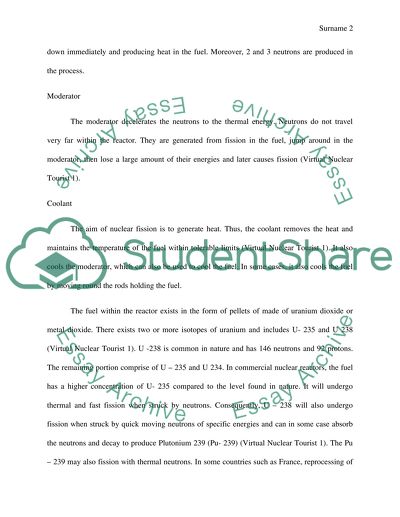
Apr 18, · Essay, Pages 8 ( words) Views. 1. Save to my list. Remove from my list. NUCLEAR POWER AND THE IMPACTS OF THE RADIATION. Nuclear power is a more efficient, upright way of boiling water to make steam. The steam produced is taken and later on converts turbines to manufacture electricity Nuclear Power Essay. Words | 8 Pages. Nuclear power is a technology that has enormous benefits for humankind. As the demand for energy is only continuing to grow, it has become important to develop energy technology that has good yield and minimal negative side effects Essay # Advantages of Nuclear Power: 1. Compared to traditional fossil fuels as energy sources, nuclear power produces enormous amount of energy obeying Albert Einstein’s famous equation (‘the greatest equation of the 20th century’) E = mc 2 (where E

